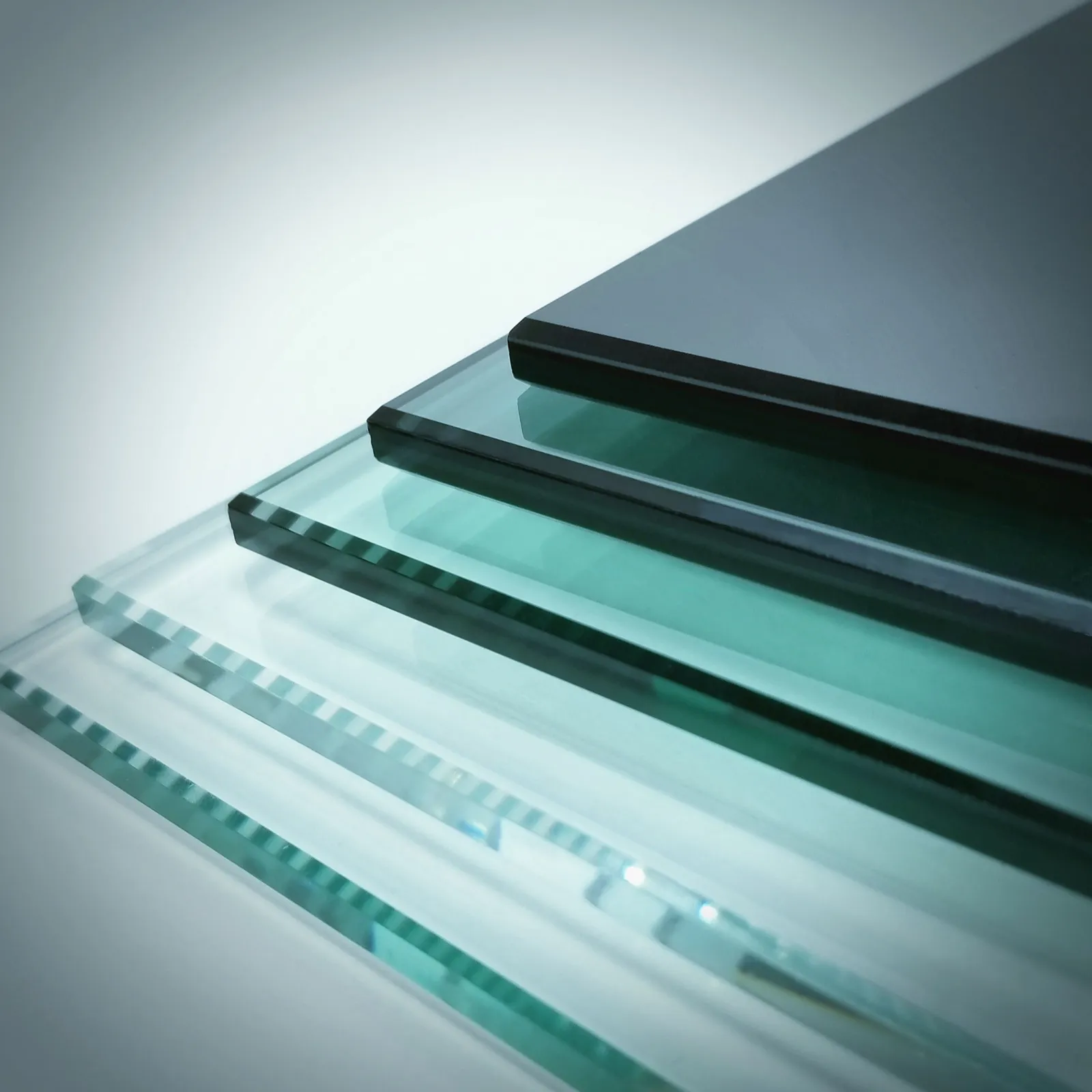

Understanding Low Emittance Glass Properties, Applications, and Benefits
Low emittance glass, often referred to as low-E glass, is a specialized type of glass that is engineered to minimize the amount of infrared and ultraviolet light that can pass through it without compromising the amount of visible light that is transmitted. This innovative material has become increasingly popular in both commercial and residential applications due to its energy efficiency and ability to enhance indoor comfort.
Properties of Low Emittance Glass
The primary characteristic of low emittance glass is its low emissivity. Emissivity refers to the ability of a material to emit thermal radiation. Low-E glass possesses a metallic coating, often made of silver or other reflective materials, which reflects infrared energy. This coating effectively keeps heat inside during the winter and reduces heat gain during the summer, making it an ideal choice for energy conservation.
Low-E glass can be categorized into two main types hard coat and soft coat. Hard coat low-E glass has a coating that is applied during the glass manufacturing process; it is durable and can withstand scratch damage. This type of glass is best suited for exterior applications. On the other hand, soft coat low-E glass is more effective at reflecting heat but requires a more delicate handling process. Typically, it is used in double or triple glazing, providing better thermal performance.
Applications of Low Emittance Glass
Low emittance glass is widely used in a variety of structures, ranging from homes to commercial buildings and even automobiles. In residential applications, homeowners utilize low-E glass to improve energy efficiency, which in turn leads to lower heating and cooling costs. By minimizing the transfer of heat, low-E windows help maintain a consistent indoor temperature, contributing to overall comfort.
In commercial settings, the use of low-E glass enhances the energy performance of buildings, which is particularly crucial in meeting energy codes and standards. Architects and builders favor low-E glass because it allows for expansive windows that provide natural light while still maintaining a building's energy efficiency.

Additionally, low emittance glass has made its way into the automotive industry, where it plays a crucial role in improving fuel efficiency by minimizing the energy needed for climate control
. This application not only supports environmental initiatives but also enhances passenger comfort by reducing glare and heat from outside.Benefits of Low Emittance Glass
The benefits of low emittance glass extend beyond energy savings. One of the most significant advantages is the reduction of UV radiation exposure indoors. Conventional glass allows a substantial amount of UV rays to enter, which can lead to fading of furniture, carpets, and artwork. Low-E glass, with its reflective coatings, minimizes this risk, prolonging the life and vibrancy of interior furnishings.
Moreover, low-e glass contributes to environmental sustainability. By lowering energy consumption for heating and cooling, it reduces greenhouse gas emissions. In areas with stringent energy performance regulations, using low-E glass can assist in achieving compliance and obtaining necessary certifications, such as LEED (Leadership in Energy and Environmental Design).
Finally, low emissivity glass can enhance the overall aesthetic appeal of buildings. With advancements in coating technology, manufacturers can produce low-E glass that is virtually indistinguishable from regular glass, allowing architects to achieve innovative designs without sacrificing performance.
Conclusion
In summary, low emittance glass represents a significant advancement in materials technology, combining energy efficiency with modern aesthetic appeal. Its unique properties make it an invaluable resource in various applications, ranging from residential homes to commercial edifices and vehicles. The benefits of improved thermal performance, reduced UV exposure, and environmental sustainability position low-E glass as a smart choice for the future, paving the way for energy-efficient designs that cater to the growing demand for sustainability in our built environment. Investing in low emittance glass is not merely a step towards cutting energy costs; it's also a commitment to enhancing comfort, preserving interiors, and protecting our planet.